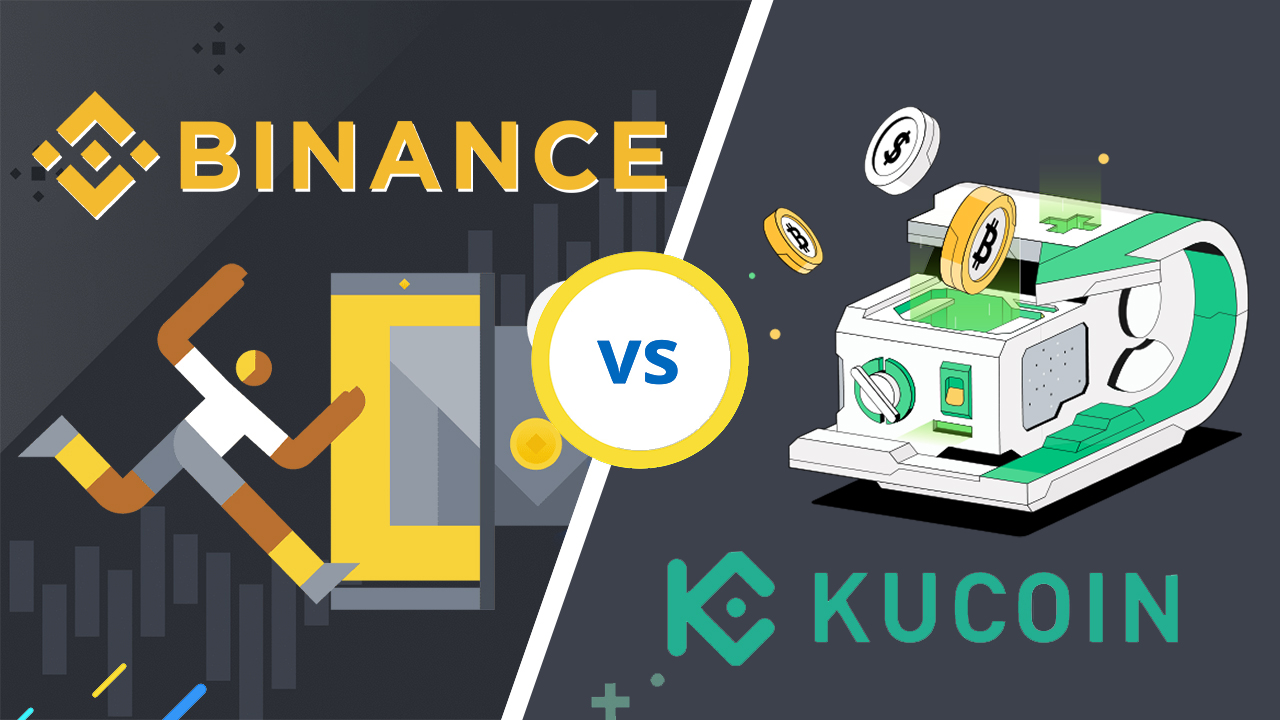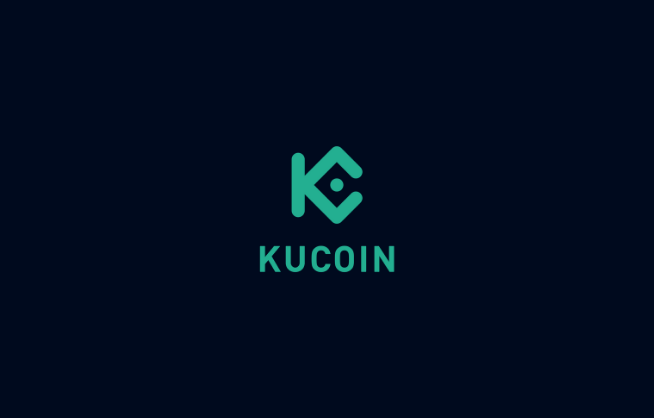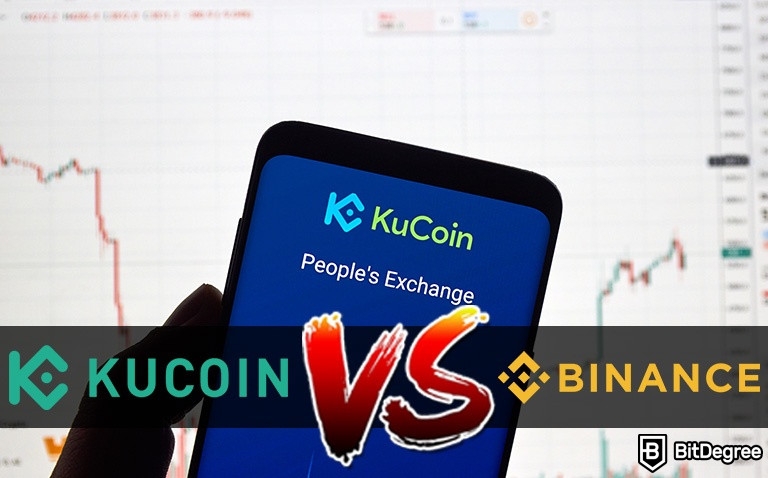When it comes to cryptocurrency exchanges, KuCoin and Binance are two of the most prominent names in the industry. Both platforms offer extensive features, a wide array of supported assets, and unique user experiences. If you’re trying to decide between KuCoin vs Binance, understanding their strengths, weaknesses, and specific differences is crucial. This comprehensive comparison aims to provide detailed insights into each exchange, helping traders and investors make an informed choice tailored to their needs.
KuCoin vs Binance: A Comprehensive Comparison

Choosing the right cryptocurrency exchange involves evaluating multiple factors such as trading fees, user experience, security measures, and supported currencies. While both KuCoin and Binance have established themselves as industry leaders, they cater to slightly different user preferences and operational philosophies. This article dissects every aspect of these platforms, providing clarity on which might serve your trading requirements best.
Trading Fees: KuCoin vs Binance

Trading fees are fundamental when selecting an exchange because they directly influence profitability. Lower fees mean more significant gains, especially for frequent traders or high-volume investors. Both KuCoin and Binance operate on a maker-taker fee model, but their structures differ in terms of discounts, fee tiers, and additional costs.
KuCoin’s fee structure is transparent and competitive. The standard trading fee is 0.10% for both makers and takers, which is among the lowest in the industry. One of KuCoin’s notable advantages is its tiered fee system, where users can reduce fees further by holding KCS (KuCoin’s native token) or increasing their trading volume over a 30-day period. For instance, using KCS as the fee-paying currency grants an immediate 20% discount, and higher trading volumes unlock additional fee reductions.
Binance, on the other hand, also offers a very competitive fee structure. Its base fee is 0.10%, similar to KuCoin, but Binance provides substantial discounts if users opt to pay fees with BNB (Binance Coin), Binance’s native token. Moreover, Binance’s tiered fee schedule rewards high-volume traders with decreased fees, sometimes going as low as 0.02% for both makers and takers at the highest tiers.
Here’s a simplified comparison table:
| Parameter | KuCoin | Binance |
|---|---|---|
| Standard Trading Fee | 0.10% | 0.10% |
| Fee Discount Options | Use KCS or increase volume | Use BNB or increase volume |
| Lowest Tier Fee | Approximately 0.06% with discounts | As low as 0.02% with high volume BNB use |
In practical terms, both exchanges are cost-effective, especially for active traders. Binance’s larger ecosystem, however, often provides additional incentives for high-volume trading. KuCoin’s fee discounts are more accessible for casual traders who hold KCS and trade moderate volumes.
The slight difference in fee structures typically doesn’t dramatically alter user costs unless trading large volumes. Therefore, choosing between KuCoin vs Binance based solely on fees may come down to which discount mechanisms align better with your trading habits and asset holdings.
User Experience: KuCoin vs Binance

User experience encompasses platform design, ease of navigation, trading interface, and overall usability. A seamless experience encourages traders to execute strategies efficiently and minimizes errors during transactions.
KuCoin’s interface is modern, clean, and beginner-friendly. Its dashboard displays essential information without overwhelming new users, making it straightforward for novices to navigate. Advanced features like margin trading, futures, and staking are accessible but organized intuitively so that experienced traders can find tools quickly. KuCoin continually updates its UI to enhance responsiveness across devices, including desktops and mobile apps.
Binance’s platform is renowned for its comprehensive layout, offering a plethora of features from spot trading to derivatives, savings, and launchpad initiatives. While feature-rich, some users find Binance’s interface initially overwhelming due to the sheer number of options and menus. However, its design has improved over time, incorporating customizable layouts and streamlined workflows for experienced traders.
For novice traders, KuCoin’s interface generally provides a more accessible entry point. Meanwhile, advanced users might appreciate Binance’s expansive toolset and granular control options, even if it demands a steeper learning curve. Both platforms support dark mode, multiple language options, and quick access to markets, but KuCoin’s minimalistic approach tends to appeal to those seeking simplicity.
Mobile app usability is another vital aspect. KuCoin’s app is responsive, easy to navigate, and supports most functionalities available on the desktop version. Binance’s app, being more feature-packed, offers a robust experience but requires more familiarity to navigate efficiently.
Personal insights suggest that traders valuing simplicity and less clutter will prefer KuCoin, especially for beginners. Conversely, seasoned traders who need advanced charting tools and API integrations might lean towards Binance, despite its complexity. Ultimately, both platforms prioritize usability but target different user demographics.
Security Features: KuCoin vs Binance

Security is paramount in the crypto space. Both KuCoin and Binance have implemented various measures to protect user funds and personal data, but their approaches differ slightly.
KuCoin employs industry-standard security protocols, including multi-factor authentication (MFA), email and phone verification, cold storage for the majority of assets, and an insurance fund to cover potential hacks. Notably, KuCoin suffered a significant hack in 2020 but managed to recover most of the stolen funds through community support and insurance. Their proactive security audits and regular updates bolster trust.
Binance takes a comprehensive stance on security, with multi-layered safeguarding practices such as SAFU (Secure Asset Fund for Users), cold storage, MFA, withdrawal whitelist, and regular security audits. Binance also maintains a bug bounty program, encouraging white-hat hackers to identify vulnerabilities before malicious actors can exploit them. Their extensive security infrastructure has prevented major breaches since their inception.
While both platforms have strong security frameworks, Binance’s larger scale implies a greater attack surface, which they mitigate through rigorous security policies and continuous monitoring. KuCoin’s more streamlined operation benefits from focused security measures that are effective for their user base.
Users should also consider personal security practices, such as enabling MFA, using hardware wallets for large holdings, and maintaining strong passwords. Neither exchange is immune to risks, but both demonstrate a commitment to protecting client assets.
Supported Currencies: KuCoin vs Binance
The breadth of supported currencies reflects an exchange’s flexibility and suitability for diverse trading strategies.
KuCoin boasts support for over 700 cryptocurrencies, including many altcoins, emerging tokens, and stablecoins. This extensive listing makes KuCoin attractive for traders seeking access to lesser-known coins and new projects. KuCoin also supports fiat-to-crypto trading through select regions, although coverage varies.
Binance supports an even broader range of assets, exceeding 600 cryptocurrencies, plus numerous trading pairs. It offers extensive fiat gateways across multiple countries, allowing users to buy and sell with fiat currencies such as USD, EUR, GBP, and JPY. Binance’s listing process is rigorous but results in a curated selection of high-liquidity tokens, ensuring smoother trading experiences.
Supported currencies comparison:
- KuCoin: Over 700 cryptocurrencies, focus on emerging tokens
- Binance: Over 600 cryptocurrencies, extensive fiat pairing options
Both exchanges regularly list new tokens through their respective listing processes, but Binance’s vetting ensures higher liquidity and fewer scams.
From an investor perspective, Binance’s broader fiat-to-crypto options make it more suitable for beginners starting with fiat. KuCoin’s extensive altcoin support appeals to experienced traders looking for diversification and early access to promising projects.
Liquidity Analysis: KuCoin vs Binance
Liquidity determines how easily you can execute large orders without significantly affecting the price. High liquidity means tighter spreads, quicker fills, and less slippage—all crucial for active traders.
Binance, being the world’s largest crypto exchange by trading volume, naturally leads in liquidity. Its deep order books span most trading pairs, ensuring that even sizable trades can be executed efficiently without substantial market impact. This is particularly advantageous for high-frequency traders, institutional investors, and those engaged in arbitrage opportunities.
KuCoin, while smaller than Binance, has developed substantial liquidity, especially in popular trading pairs like BTC, ETH, and USDT. Its global user base and strategic partnerships have bolstered trading volume, though it cannot match Binance’s breadth. During volatile market conditions, some less-liquid pairs may experience wider spreads and slippage.
An important insight is that liquidity varies significantly depending on the trading pair. Major cryptocurrencies tend to be liquid on both platforms, but niche tokens may be more liquid on Binance due to higher activity.
Overall, Binance’s superior liquidity makes it ideal for large-volume traders. KuCoin is still competitive for retail traders and altcoin enthusiasts, providing sufficient liquidity for everyday trading needs.
Mobile App Comparison: KuCoin vs Binance
Mobile trading has become essential, enabling traders to manage positions on the go. The quality of a platform’s mobile app influences user engagement and overall convenience.
KuCoin’s app offers a sleek, intuitive interface optimized for smartphones. It includes core features such as spot trading, limit and market orders, account management, and access to staking and lending services. The app is stable, fast, and regularly updated to improve performance and security. Noteworthy is the ease of navigating between different markets and managing alerts.
Binance’s app is packed with features, reflecting its extensive ecosystem. It supports not only spot trading but also futures, savings, staking, and launchpad activities. The interface, while more complex, is customizable and allows for quick execution of trades. Advanced traders benefit from detailed charts, order book views, and real-time market data.
Personal perspectives highlight that KuCoin’s app is preferable for users prioritizing simplicity and speed, while Binance’s app caters to power users needing detailed analytics and diversified functions. Both applications are compatible with iOS and Android, with consistent performance reported across devices.
Customer Support: KuCoin vs Binance
Effective customer support enhances user confidence, especially when dealing with complex issues or possible account security concerns.
KuCoin offers support through ticket systems, live chat, and a comprehensive FAQ section. Its response times are generally prompt, and the support team is knowledgeable. Additionally, KuCoin’s community forums and social media channels facilitate peer-to-peer assistance and timely updates.
Binance provides multiple support channels, including live chat, email, and a vast knowledge base. Its official support portal is extensive, covering account recovery, security incidents, and trading issues. Binance’s global presence enables support in several languages, catering to an international user base. However, during peak periods, some users report slower responses due to high demand.
In personal experience, KuCoin’s support is more personable and faster for common queries, whereas Binance’s support excels in resolving complex issues and security concerns, reflecting its larger infrastructure.
Staking Options: KuCoin vs Binance
Staking has become a popular way to earn passive income with crypto holdings. Both KuCoin and Binance offer staking services, but they differ in assets supported, lock-up periods, and yields.
KuCoin supports staking for numerous tokens, including KCS, DOT, ADA, and others. The platform offers flexible staking options, with some tokens allowing unstaking at any time, and others with fixed lock-up periods. Yields vary depending on the token, network conditions, and staking duration. KuCoin’s staking also integrates with their DeFi ecosystem and liquidity pools.
Binance provides a broad spectrum of staking programs, including Locked Staking, Flexible Staking, and DeFi staking. It supports high-profile tokens like BNB, ETH, and ADA, alongside lesser-known assets. Yields are competitive, often influenced by the overall crypto market, and the lock-up periods range from days to months. Binance’s staking features are integrated seamlessly with its entire platform, enabling simple management.
The key insight is that Binance’s staking options tend to offer higher yields for longer lock-up periods, making it suitable for investors willing to commit funds temporarily. KuCoin’s flexible staking appeals to those seeking liquidity while earning interest.
Conclusion: Choosing Between KuCoin and Binance
In summary, both KuCoin and Binance are robust cryptocurrency platforms, each excelling in different areas. KuCoin offers a user-friendly interface, competitive trading fees, excellent altcoin support, and flexible staking options—ideal for beginners and niche traders. Binance’s exceptional liquidity, extensive asset support, advanced trading features, and comprehensive ecosystem make it the preferred choice for high-volume traders and professionals.
Ultimately, your decision hinges on your trading style, asset preferences, and specific needs. If you seek simplicity, lower fees for casual trading, and access to emerging tokens, KuCoin is a compelling option. If your focus is on liquidity, advanced tools, and broad fiat integration, Binance stands out as the more comprehensive platform. Both exchanges continue to evolve, pushing the boundaries of what cryptocurrency trading can offer.
## Conclusion
Selecting between KuCoin vs Binance depends on individual priorities and trading strategies. KuCoin’s focus on accessibility, lower fees, and diverse altcoin listings suits casual and niche traders, while Binance’s unmatched liquidity, extensive features, and broad asset support cater to professional and high-volume traders. By understanding their differences across key areas such as fees, user experience, security, and supported currencies, users can confidently choose a platform aligned with their goals, ensuring a smooth and efficient trading journey.





